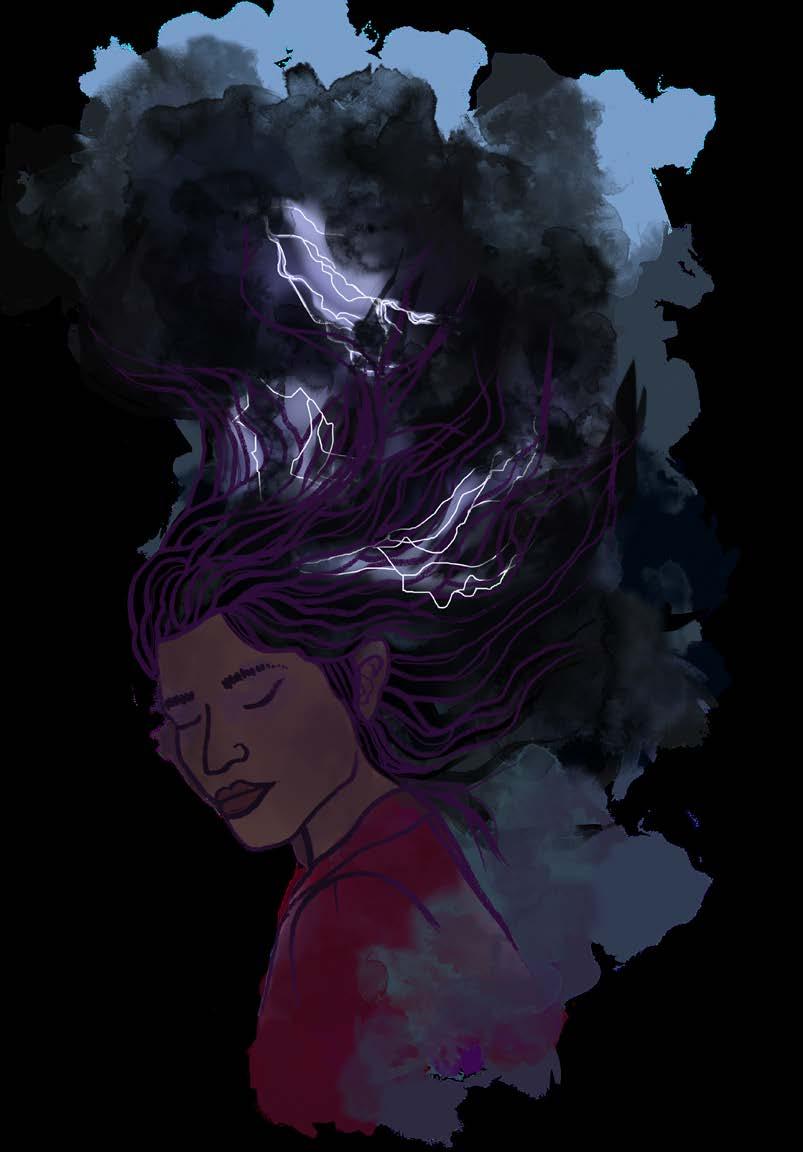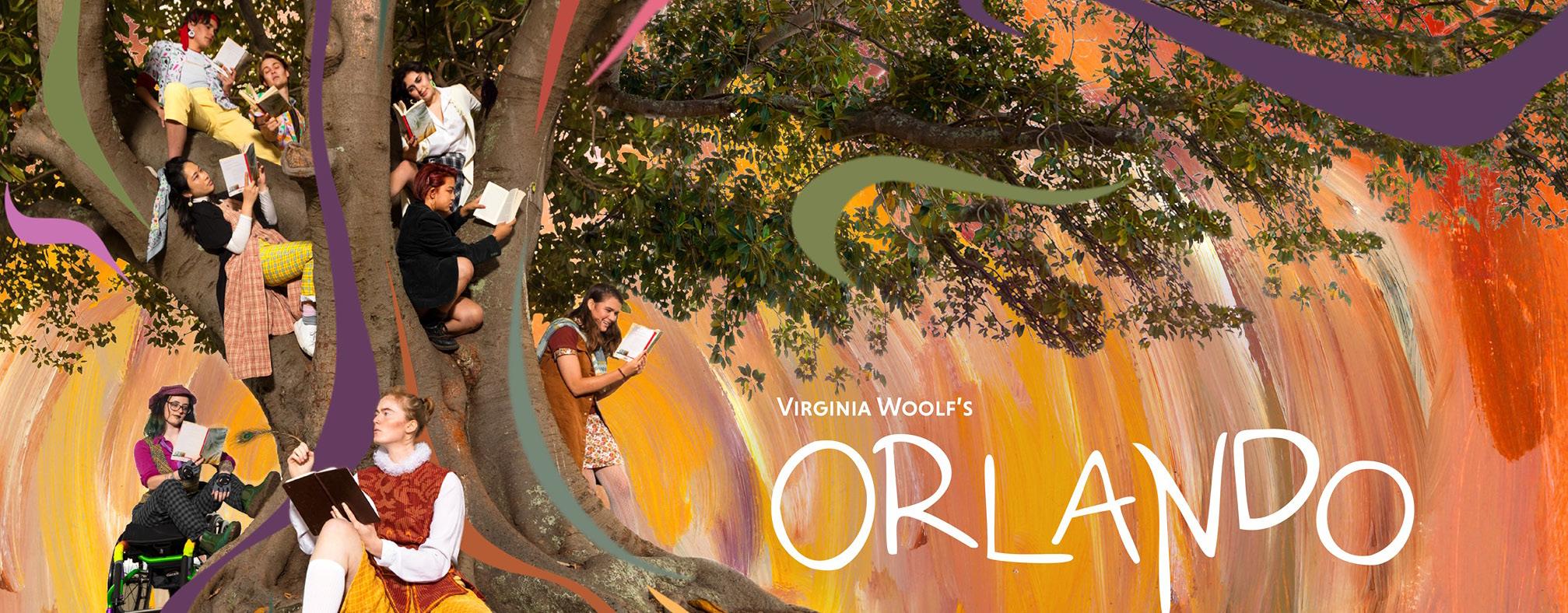
7 minute read
Akanksha Singh
FEATURE
Pick your struggle
Advertisement
Akanksha Singh on marginality and intersectionality
Kimberlé Crenshaw’s analytical theory ‘Intersectionality’ addresses that gender, race and class overlap and create systemic oppression specific to those intersections. Equality in opportunity can only be achieved after factoring intersectionality into data analysis.
Unfortunately, due to disabled people of colour like me lacking representation, we end up with inaccurate disaggregated data and ultimately, insubstantial equal opportunities and diversity policies. For instance, The Workplace Gender Equality Act 2012 needs to be amended through an intersectional lens – considering a truer intersectional picture of employment status and wage discrimination against women with disabilities and/or LGBTQIA+ identifications across all classes and cultural backgrounds.
A 2017 study by the Equality and Human Rights Commission revealed that disabled Bangladeshi and Pakistani men in the UK were experiencing a pay gap of 56% in comparison to white British nondisabled men. Without calculating data through an intersectional framework, Australia’s real pay gaps will remain hidden.
Historian David Walker provides one explanation for disabled people of colour’s lack of representation in data analysis. He claimed the key theme of the Australian narrative was repressed anxiety. This anxiety stems from a lack of belonging and a culture of racial exclusion.
The umbrella term ‘people of colour’ in Australia includes Aboriginal and Torres Strait Islander peoples and negatively racialised settlers. People of colour in Australia have, and still are, dealing with prejudice and the historical adversity that their communities have endured. Australia’s history was founded on devastating frontier violence directed against the continent’s First Peoples. In 2019, ABS data revealed that 29.7% of Australian residents were born overseas and migrated to Australia. Even when migrants finally start to feel at ‘home’ in Australia, media rhetoric and politicisation against racialised migrants easily distorts this perception of ‘home’ and induces anxiety.
As a result, people of colour have adopted a survival-of-the-fittest mindset where priority is given to overcoming class struggle and racial discrimination, while other marginalising factors, such as mental illnesses, are viewed as a moral weakness. Seeking psychological help is deemed unnecessary and even shameful in many communities. Although this stigma is widespread, it is particularly evident amongst people of colour.
When a disabled POC’s community does not value their struggles and views them undesirably for being ‘different’ from abled community members, it compounds the adversity we already face. I myself only got diagnosed with Attention Deficit Hyperactivity Disorder (ADHD) and Anxiety at the age of 17, months after my HSC, and after repeatedly asking my parents for treatment. When I went to get a referral from my Indo-Malaysian General Practitioner, she responded sceptically. She suggested that I was “probably just falsely self-diagnosing”. I am grateful for my parents and their support, but had I been heard, diagnosed and accessed support earlier, school might not have been as hard for me.
ADHD and Anxiety have genetic components and often run in families, so it is possible that I have undiagnosed relatives who never received the help they needed. A 2016 report published by The European Union Agency for Fundamental Rights (FRA) emphasised on correctly identifying migrants with disabilities for successful provision of care. European Social Network (ESN) critiqued FRA’s finding of German health screenings conducted in migrant centres that “neglect consideration of disabilities”.
FRA’s report also pointed to the flawed access to care in European countries with limited resources and capacity for migrants with disabilities. To overcome this, there are several disability-identification initiatives that have been implemented for migrants. In Sweden, health screenings now must consider the past and present physical and mental health alongside any disparities the individuals have experienced. Likewise, the Protect-Able project pushes for effective early screening of asylum-seekers. Australia could too benefit from identification support tools for migrants with undetected disabilities.
Of course, for this to happen, Australia’s migration policies must first move away from their blatant discriminatory standpoint against disabled migrants. Our Migration Act (1958) is the only area of the Australian legal system that is exempted from the Disability Discrimination Act (1992), allowing for visa refusals merely based on disability status. This is disappointing in itself. The immigration system’s discrimination absurdly lends out to exclude disabled people from simply visiting Australia on holiday. Australian Lawyers for Human Rights and Down Syndrome Australia launched a March 2020 national campaign for policy reforms. Before disability identification support tools are implemented for migrants, basic human rights and protection of migrants and refugees with disabilities needs to be administered.
Aimee Allison, the founder of She the People, says that “effective governance requires us to approach the problems that we face from an intersectional lens.” Hence, effective policy-making, along with the ultimate goal of equal opportunity, can only be achieved through an approach informed by intersectional analysis. Currently, international data is failing disabled people of colour. There were 2,022 complaints and 69,397 incidents filed under the National Disability Insurance Scheme (NDIS) Quality and Safeguards Commission between July and December 2019. However, the lack of disaggregated and disambiguous data means that we do not know how many of those reports concerned people of colour, and therefore have no understanding of the specific experiences of people of colour on the NDIS. This is particularly important given that people of colour and people from non-English speaking backgrounds are struggling to access the NDIS. A recent paper from Settlement
Services International noted that only 7 percent of NDIS participants identify as culturally and linguistically diverse, compared to 23 percent in the Australian population.
By actively neglecting the specific needs of remote Indigenous communities and using a standard model across Australia, NDIS disregards First Nations Peoples’ varying support requirements amongst their differing communities. The NDIS initially estimated a quota of 20,000 Aboriginal and Torres Strait Islander people eligible for the scheme; however, the First People’s Disability Network (FPDN) estimated the actual number to be around 60,000. FPDN’s CEO, June Riemer, critiqued this underestimation and questioned the exclusion, “when you don’t even recognise your First Nations in the constitution … why would the service sector give any credit to First Nations people and their culture, if our own government doesn’t?” Australian regulatory bodies continue to act in discord towards the process of Aboriginal sovereignty and self-determination. Indigenous Data Sovereignty (IDS) refers to the First Nations Peoples’ right to access and collect data pertaining to them and their ancestors. However, to date, our government limits the First Nations People’s access to information. This is merely one other government regulation that demonstrates the exclusion of First Nations Peoples.
Unlike other people of colour communities, First Nations Peoples consider disability to be a community problem, rather than a personal one. Although some Aboriginal languages have created words for ‘impairment’ (such as nyumpu), most Aboriginal languages do not have a term for ‘disability’ reflecting their social stance on disabled members of the community being no different from the abled members. However, there are evident systemic racial prejudices in the Australian health care sectors towards disabled First Nations Peoples . For example, treatment for Indigenous people with disabilities in hospitals are delayed, and individuals are labelled as “drunk” or under the influence of other substances.
To implement an intersectionalityinformed approach in public policymaking, data needs to be disaggregated keeping ages, disabilities, socio-economic status, sexual identity and migrant status in consideration. Contextualising data is essential, or else policy-making will continue using ambiguous data that does not represent the true conditions and policies are going to remain ineffective in solving the real issues.
Although I dislike limiting myself to my race or disabilities or any labels for that matter, I was compelled to write this reflective analysis through a disabled POC’s perspective. Ending the marginalisation of disabled people requires radical change in social infrastructures and in the public imagination, which views us as defective or requiring charity. It is necessary that people of colour reject stigma around psychiatric and physical disabilities and encourage seeking support or treatment. People of colour must stand in solidarity and work towards equity and justice for disabled people. Disabled people across all cultural backgrounds deserve to be heard.








